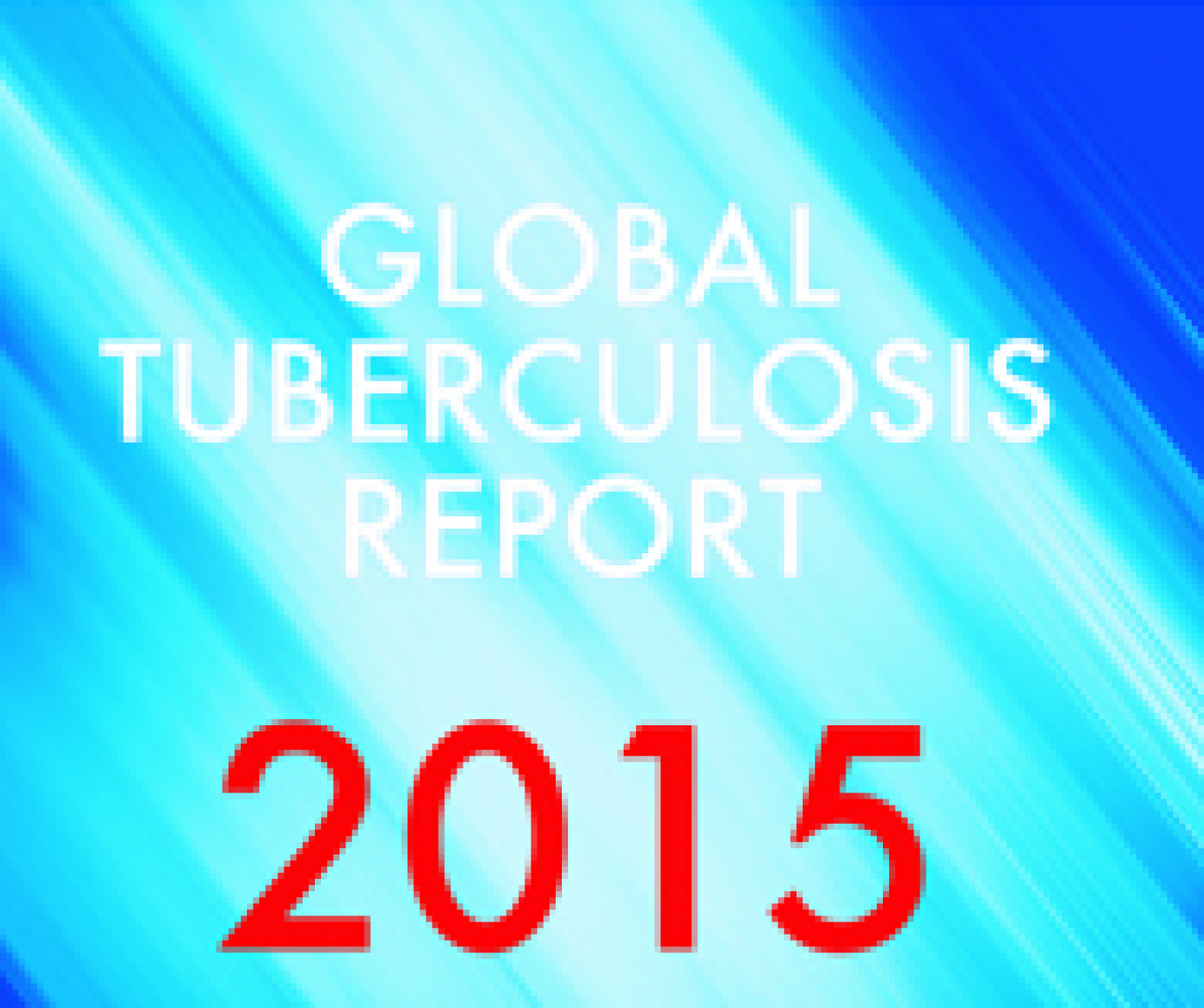The Hague, 28 October 2015 – New data published today by the World Health Organization (WHO) in the ‘2015 Global TB Control Report Update’ show that tuberculosis (TB) killed an estimated 1.5 million people globally in 2014. For the first time since the 1990s more people died from TB than from HIV/AIDS (which took the lives of an estimated 1.2 million living with HIV, 400,000 of whom died as a consequence of TB).
According to the latest WHO estimates 9.6 million people developed TB in 2014 (compared to 9 million new TB patients in 2013), 1.5 million of whom died. The spread of the disease is not increasing, however. The data announced today are based on improved and more precise epidemiological data from a number of large countries. Thanks to effective case detection and treatment the number of people dying from TB has decreased by 47 percent. It is estimated that, as a result, timely treatment of TB has saved a total of 43 million lives since the year 2000.
Frank Cobelens, Chief Scientific Officer at KNCV Tuberculosis Foundation: “The newest WHO data make it clear that tuberculosis is THE ‘forgotten epidemic’ of our era. This is because the impact of the disease is primarily felt in poor countries and among poverty-stricken populations in, for example, the BRICS countries. The enormous death toll is completely unnecessary, because, if identified early enough we can cure the vast majority of people with TB. It is mainly the lack of access to good quality diagnostics and treatment, in other words, the lack of good healthcare that allows this unacceptable situation to prevail.”
Tuberculosis (TB) is an infectious bacterial disease which most commonly affects the lungs. It is transmitted from person to person via droplets from lungs of people with the active respiratory disease. Tuberculosis is treatable with a six-month course of antibiotics. Today, TB is a leading global killer of HIV-positive people. The Netherlands traditionally play an influential role in international TB control and in scientific research into new tools and methods to eradicate the disease.

